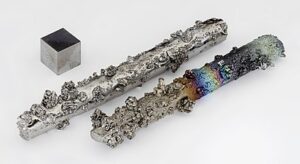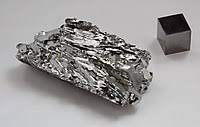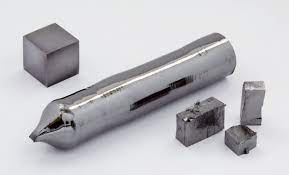Ethanol

Зміст1 Ethanol Formula2 Chemical Properties of Ethanol3 Physical Properties4 Production of Ethanol5 Impact on the Organism6 Applications Ethanol is an organic compound, a representative of the series of monatomic alcohols with the formula C2H5OH, also known as ethyl alcohol. Ethanol Formula Molecular formula of ethanol: C2H5OH Structural formula of ethanol: The structural formula of ethanol …







